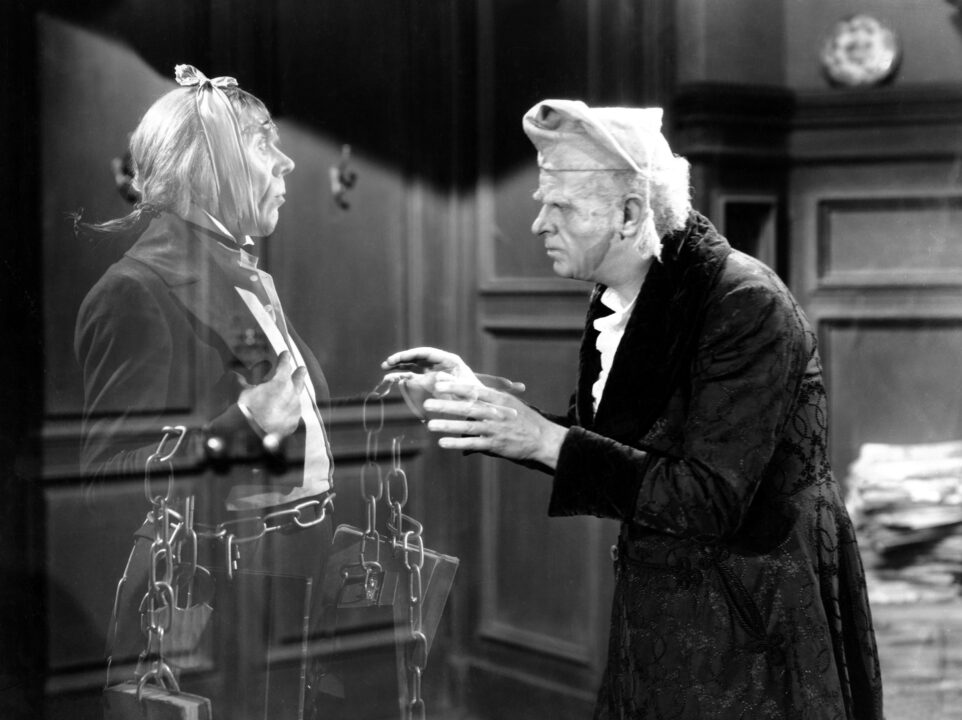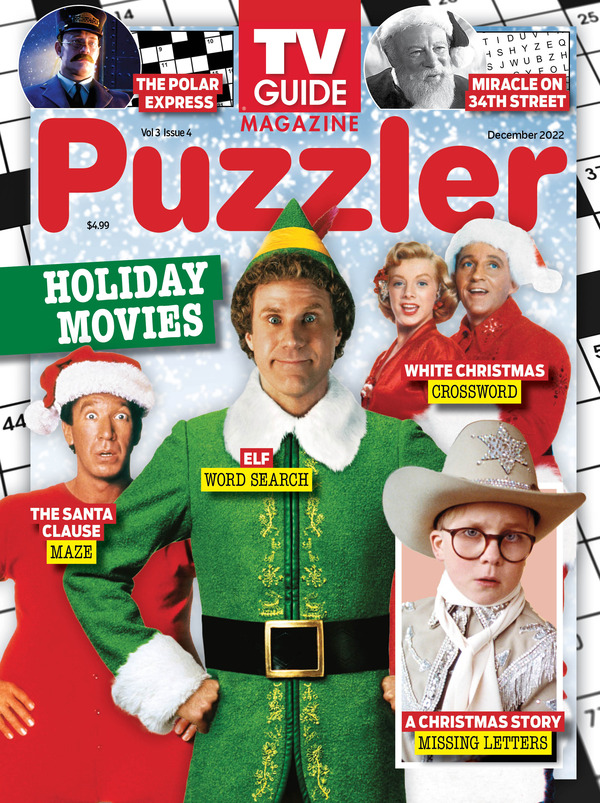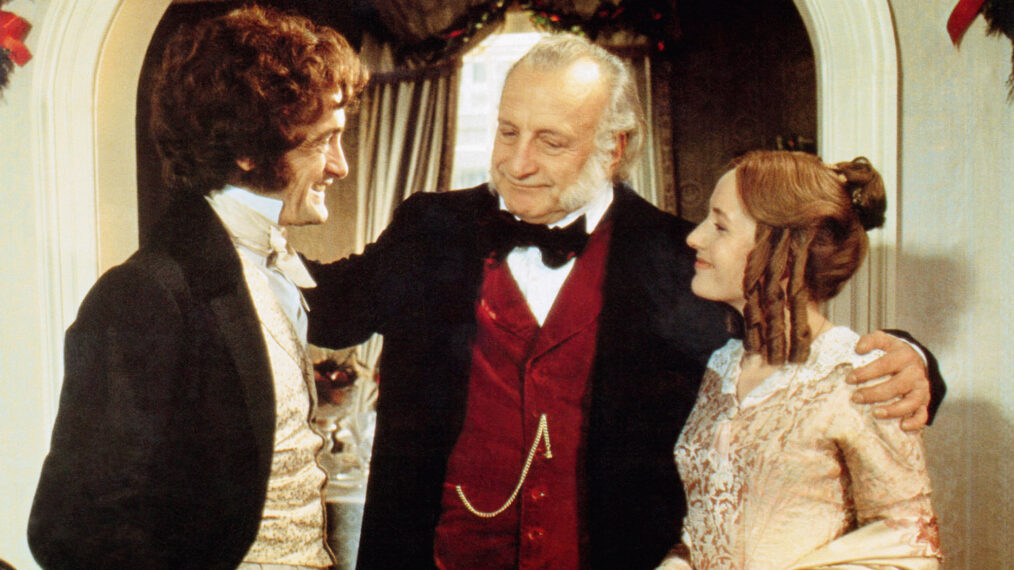5 Things You Never Knew About 1938’s ‘A Christmas Carol’

There have been many, many versions of the iconic story A Christmas Carol over the years, but there is truly nothing like the nostalgic 1938 adaptation. Starring the famous Lockhart family, it is widely regarded as one of the best versions of the story and even devoted fans may not know all of these interesting facts. From unexpected casting changes to groundbreaking release strategies, this beloved adaptation holds plenty of surprises. Here are five things you probably never knew about this iconic holiday movie before you prepare to watch it for the season:
1A Family Affair

Everett Collection
The loving portrayal of the Cratchit family was even more authentic as it was played by the real-life Lockhart family. Despite being a family of actors, it was the only film Gene Lockhart appeared in with his wife Kathleen Lockhart and their daughter June Lockhart. Even more special, it was June’s first film. She would go on to achieve fame in shows such as Lassie and Lost in Space.
2Scrooge’s Casting Change

Everett Collection
Lionel Barrymore was one of the most renowned interpreters of Ebenezer Scrooge during the 1930s and 1940s, having voiced the character for years in a popular radio adaptation of A Christmas Carol. Fans eagerly anticipated seeing Barrymore bring his iconic portrayal to the big screen. However, health issues forced him to step down, and MGM cast Reginald Owen as Scrooge instead. Owen delivered a memorable performance, but Barrymore’s absence was felt by those who had followed his radio work. Interestingly, Barrymore continued to voice Scrooge on radio broadcasts well into the 1950s.
3MGM’s Holiday Strategy

Everett Collection
In the late ’30s, film studios were vying to dominate the holiday box office, and MGM went all out for the release of A Christmas Carol. They made 375 prints of the film, an unprecedented number for the time, to ensure it reached as many theaters as possible across the United States. This strategy highlighted the studio’s confidence in the film’s appeal and its potential as a holiday favorite. Their gamble paid off, as the film became a cherished Christmas classic and solidified its place in cinematic history.
4Understanding ‘Humbug’

Everett Collection
Scrooge’s trademark phrase, “Bah! Humbug!” is one of the most memorable lines in Dickens’ story, but its meaning is often misunderstood. In 19th-century England, “humbug” referred to deceit or trickery. By dismissing Christmas as a “humbug,” Scrooge wasn’t merely expressing dislike for the holiday but accusing everything about it as being insincere. Owen captured this skepticism masterfully, delivering the line with cynicism.
5Many Adaptations of A Christmas Carol Were Adjusted for Star Power

Everett Collection
One of the fascinating aspects of A Christmas Carol adaptations is how filmmakers have adjusted the core elements of the story to suit the particular stars of their versions. In the 1938 film, Gene Lockhart was a well-known character actor of the era, and his portrayal of Bob Cratchit meant that Cratchit and his family’s story received significantly more screen time than in other adaptations. Similarly, David Warner‘s portrayal of Bob Cratchit in the 1984 version is also given extra focus. Even in other adaptations, such as the 1951 A Christmas Carol, supporting characters like Mrs. Dilber, played by Kathleen Harrison, are expanded upon, with entire scenes added that aren’t found in the novel or other films.
Catch it on Christmas Eve at midnight on TCM. Tell us, which is your favorite version?

PUZZLER: Holiday Movies
December 2022
Enjoy hours of fun as you puzzle along to all these holiday classics. The issue is packed with trivia, crosswords, word finds, Sudoku, scrambles, criss crosses and more!
Buy This Issue
